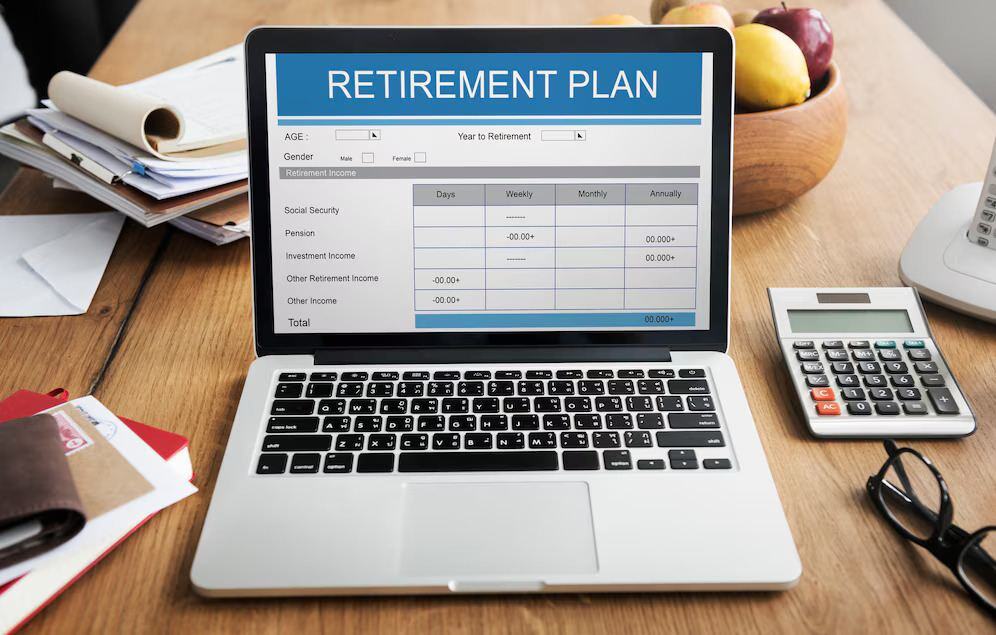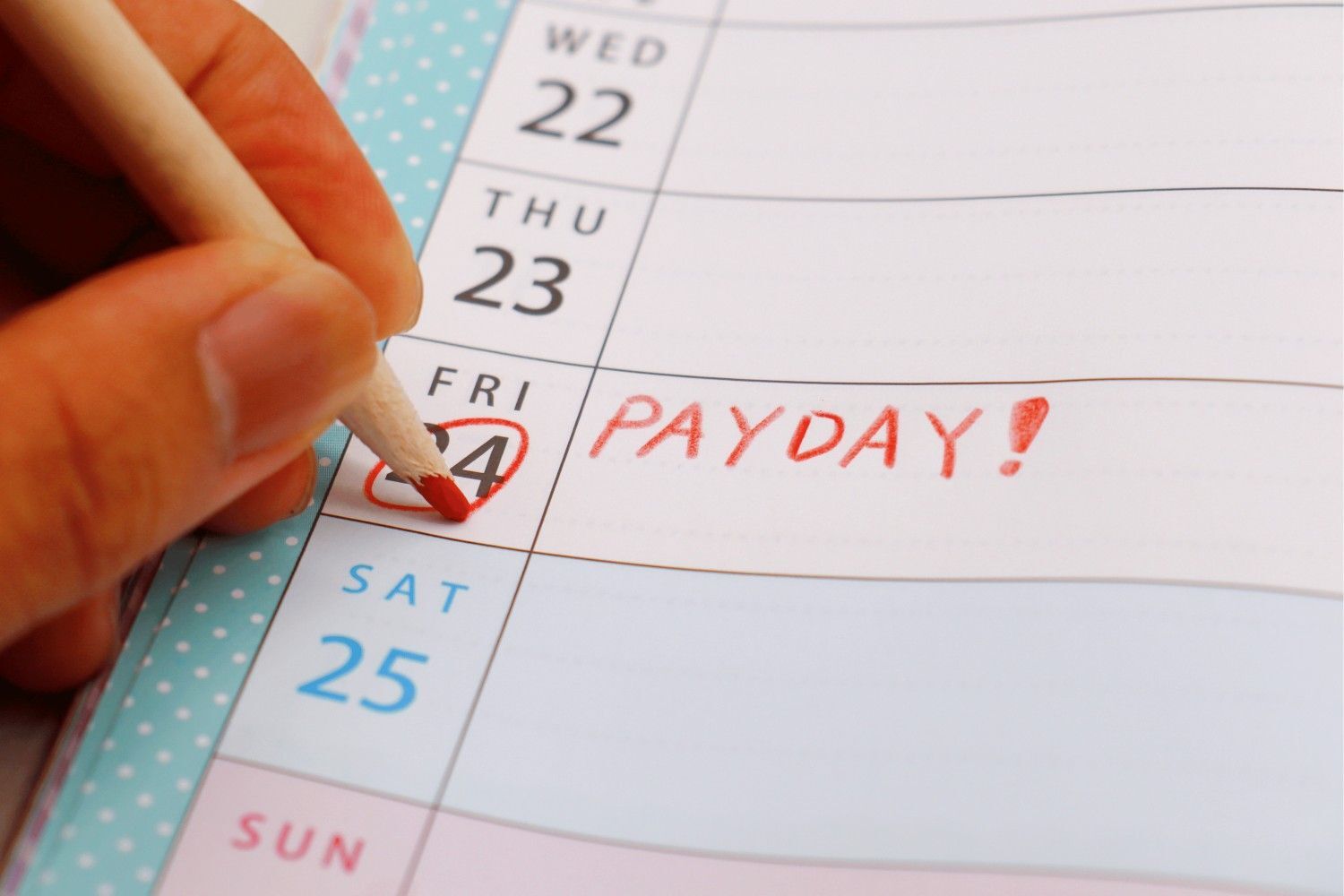What Should You Do If You Miss Your Staging Date?

The beginning of the company’s auto-enrolment responsibilities is known as a staging date. You should be ready for your staging date because that is the day your automatic enrolment obligations start. The Pensions Regulator advises that you begin planning at least six months before an employer’s staging date. Through efficient payroll service providers, you can ensure people do not miss their staging date.
Employers are notified of their staging date along with the information about the workplace pension scheme by a letter from the Pensions Regulator at least a year before they’re scheduled to stage.
With the business PAYE number, this date could also be accessed on the Pensions Regulator’s site. The Pensions Regulator is integrated into the majority of payroll programs allowing users to access their staging date directly from the program.

Missed Your Staging Date And You Are Within 6 Weeks
What occurs if a firm misses its staging date is a topic that is popping up more and more as auto-enrolment starts to impact smaller businesses. It is crucial to remember that not only will backdating the auto-enrolment obligations to the staging date be a nightmare in and of itself, but you might also be subject to fines for non-compliance from The Pensions Regulator.
The best course of action is to delay auto enrolling if you do realise that you skipped your stage date and you’re less than six weeks away from that date. Within six weeks of the staging date, all employees need to receive letters outlining the delay and outlining the date of their reevaluation.
If this notice is not given, the postponement will have practically never occurred, and enrolment shall be finished back to the staging date.

Missed Staging Date And Are Outside Of 6 Week Period
Delay is not a possibility if you skipped your staging date and are beyond the 6-week timeframe; instead, you will have to backdate auto-enrolment and start making contributions from the staging date.
- Get In Touch With The Pension Regulator
Skipping your staging date constitutes one of the auto-enrolment obligations that the Pensions Regulator imposes set penalty charges on firms. Although they approach every case differently, the sooner you contact them (and based on your circumstance, the greater your chances are of avoiding a fine).
- Register With A Qualifying Pension Provider
You need to pick and sign up with a pension provider that is appropriate for your workers’ needs since not all pension providers will fit all your needs. Being informed that your staging date has already gone may prevent you from setting up a pension program with all pension providers.
- Assess And Communicate The Options To Your Workforce

You must first determine whether your staff members qualify for automatic enrolling before updating your program. Any qualified employees must enroll.
- Back Date Any Missed Contributions
Informing your workforce is another obligation as an employer. All employees, both entitled and ineligible jobholders must be kept informed. These letters should be created for you by your payroll program.
- Complete The Declaration Of Compliance
You must make contributions for all qualified and decide to opt workers to comply. Critically, as of your staging date, you must make these contributions. You have to calculate the missed pension contributions using the prior payrolls for any skipped periods.
Common Questions About Missed Staging Date
What If I Missed My Staging Date?
- Get back in line with auto-enrolment as quickly as you can if you’ve already fallen short. The Pensions Regulator will typically anticipate that you might make up any lost employer contributions, and that would offer your workers the shot at the redemption of any lost contribution of employees. Consider the effects on any pay exchange (sacrifice) agreements you might have in place as well.
- Companies that actively seek to fulfil their auto-enrolment obligations are more likely to be accepted by the Pensions Regulator than those who appear to be ignoring them. So, if your beginning date for your duties has passed, get in touch with them right away and let them be aware of when you anticipate being able to perform your responsibilities.
- Provide information on the occupational pension plan you are offering, and let your staff know that the employer pension payments will be backdated.
- Not all auto-enrolment software is appropriate if you arrive after your tasks are supposed to begin. You should verify with your software provider to determine if yours is still completely functional if you’re uncertain whether you’ll get set up on time or if you’re overdue setting up your system.
What Are The Penalty Notices By Pensions Regulator?
Information on penalties for scheme return violations and increasing penalty notices for automatic enrolment violations. Pension regulators are permitted to publish data on circumstances in which they have used or considered using the authority under Section 89 of the Pensions Act of 2004.
To fulfil high degree of integrity, they must be able to disclose information, including specifics about the enforcement cases. This facilitates greater public knowledge and understanding of judgments and actions.
Can I Backdate My Pension Contributions?

Yes, You Can Backdate Your Pension Contributions By Following The Steps Mentioned Below:
- When establishing a pension plan, you should inform the provider of the plan that backdating contributions is necessary. You might want to ask the provider if they can assist you in figuring out how much you owe and how to go about making these payments.
- You will have to determine how much and when you need to backdate. If payroll software is already configured for automatic enrolment, it can aid you with this. You should consult our payroll provider in case of any questions. How many times can an employer postpone auto-enrolment?
- You must re-run your payroll procedure for the timespan starting from when their employee was supposed to be enrolled in a pension plan.
- Unless your client (you) elects to pay for them, all unpaid employer payments and the employee contributions of your client’s workforce must be paid by your client.
- After that, you must inform their pension plan of the sums of unpaid contributions.
- You will be required to begin making contributions based on the terms they have with their pension provider.
- Every time you process payroll, you must continually pay the employer and employee contributions into the specified plan.



.png)
.png)



Comments